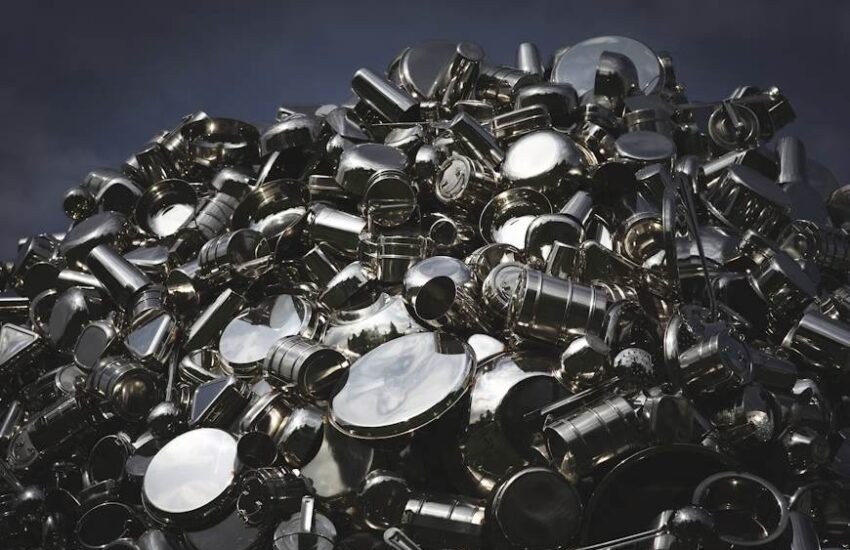Septic Tank Maintenance: How Often Should You Have It Done?
When it comes to your septic tank maintenance, it is a good idea to understand how often you should have it checked and cleaned. Besides ensuring your septic tank is not overfilled, this will help keep scum and sludge from rising too high and potentially causing a problem.

Pumping frequency chart
If you are considering purchasing a septic tank, you should know how often you should pump it. The frequency will depend on several factors, including how big your tank is, the number of people living in your house, and how much waste you generate. Generally speaking, a septic tank that is designed properly will last decades. However, proper maintenance and pumping by professionals from Foothill Sanitary are essential to keep it in top shape. Failure to do so can lead to expensive repairs or even a system failure.
An excellent way to determine the right pumping frequency is to check out a septic tank cleaning frequency chart. Some jurisdictions require septic tanks to be pumped every year. A septic cleaning schedule can be convenient and affordable to ensure your septic system keeps running smoothly. In addition to the frequency of septic tank pumping, there are other ways to keep your tank in good shape. For example, using a water softener can improve septic tank performance. Also, installing a food waste disposer can increase the solids that get into your septic tank.
Chemical solvents kill microorganisms
Septic tank maintenance should not be performed with chemical solvents. Introducing these CAE Marketing & Consulting products into the system will disrupt the natural processes and can result in complete system failure. Fortunately, there are many alternatives to harmful household chemicals. Some standard options are baking soda and vinegar. They can also be used in cleaning solutions. Chemicals like methylisothiazolinone can be toxic to aquatic life. Also, phosphates in detergents can have negative environmental impacts.
Antibacterial and disinfectant cleaners can effectively kill bacteria and odor-causing organisms in septic tanks. Some of the most common household solvents include antifreeze, automotive chemicals, nail polish remover, and paint thinner.
Solvents are dangerous for the environment because they can leak into the soil. In addition, several products can clog septic systems and damage the bacteria and enzymes necessary to maintain the system. Some of these substances are also toxic to human health.
Preventing scum and sludge from rising too high
Scum and sludge are formed by solid elements of waste that settle to the bottom of the tank. If you have a septic tank, you know that scum and sludge can accumulate. This can cause problems with your tank and septic system. To prevent this from happening, you need to monitor the sludge level of your septic tank.
When the level rises, it is time to pump the septic tank. Pumping will remove the sludge, which can clog your drain field. It will also help you catch any other tank problems before they get out of hand. You can use a long pole or a flashlight to measure the height of scum and sludge in your septic tank.
The scum and sludge level should not be higher than 30 percent of the total volume of your tank. After a couple of years, your septic tank will become full of scum and sludge. These layers are a byproduct of the decomposition process. The presence of bacteria keeps them down.
Ensure that your septic tank is not overfilling
You can do a few things to ensure that your septic tank is adequately filled. A septic system should be checked regularly, and problems must be detected as soon as possible. This will help you save hundreds of dollars on repairs.
Many factors may cause your septic tank to overflow. Excessive water use, improper tank elevations, and chemicals can all affect the health of your septic system. An overfilled septic tank can lead to severe problems. If you notice gurgling sounds or standing water, it is time to make a septic tank repair. It would be best if you also considered hiring a professional and Reliable Septic Services to inspect your septic system and absorption field.
You can also measure the depth of your sludge layer. This can be done using a measuring stick. Generally, it will be about eight inches from the top of the sludge to the bottom of the outlet pipe.


